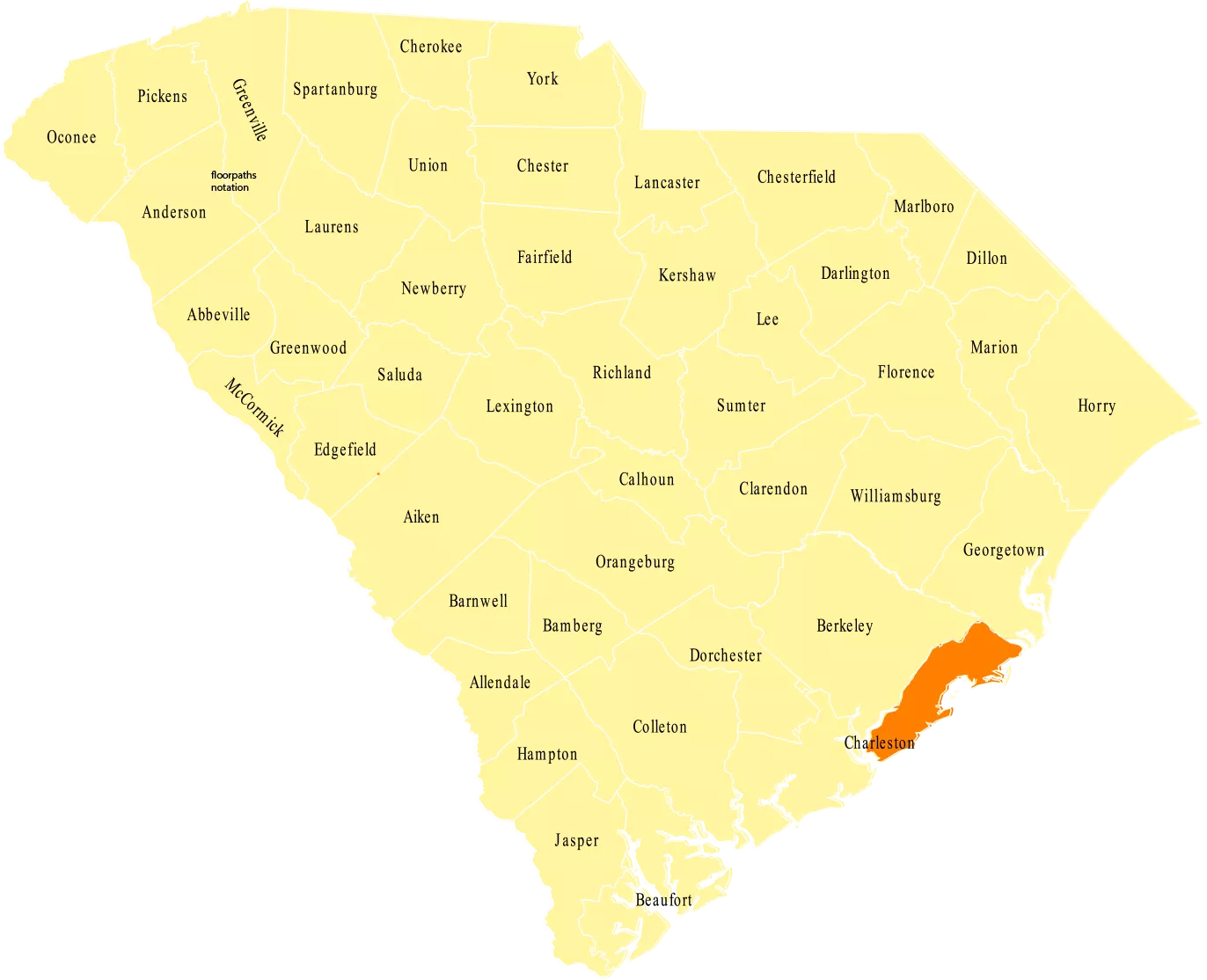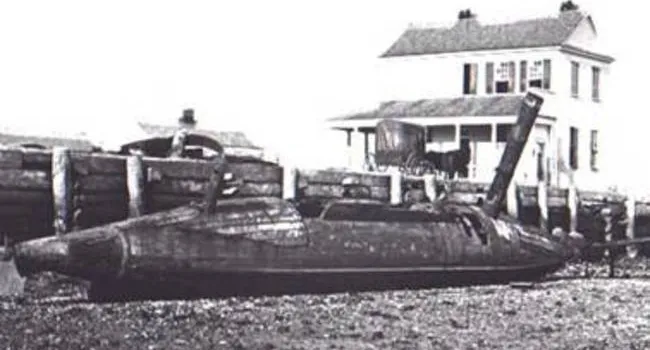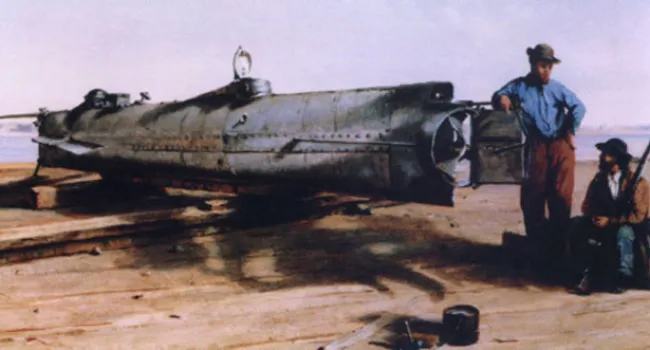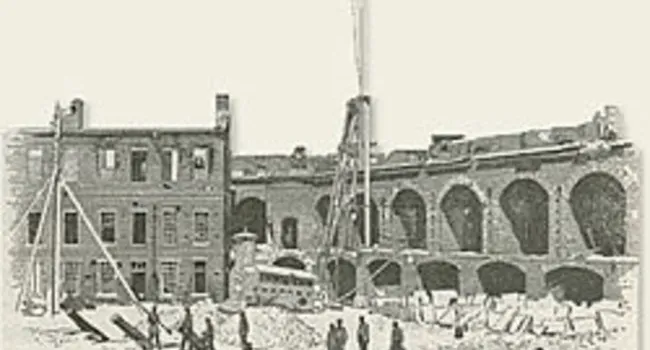
Audio
Dr. James McPherson, professor emeritus of American History at Princeton University, won the 1989 Pulitzer Prize for Battle Cry of Freedom, which has since sold more than six hundred thousand copies...
“Charleston County and the city of Charleston, its county seat, are the most historic locations in the state.” Situated in the Lowcountry, the county serves as a popular vacation destination but also relies on the business that results from its port. The area in general serves as a large cultural and economic hub for the state.
Charleston County was founded as Charleston District in 1769, and the district became smaller after some of its lands were used to create Colleton and Berkeley counties. The county and its seat were named after King Charles II.
The city and county are saturated with Revolutionary War and Civil War history. Three signers of the United States Constitution and two famous abolitionists resided in Charleston County, and the Civil War began when soldiers fired shots from the county’s Fort Sumter.

Audio
Dr. James McPherson, professor emeritus of American History at Princeton University, won the 1989 Pulitzer Prize for Battle Cry of Freedom, which has since sold more than six hundred thousand copies...
Audio
Dr. Mark Smith analyzes auditory experiences during the Secession Convention, and the sounds and voices in Charleston, S.C., during the Civil War.
Audio
What must it have been like to be a crew member on board the C.S.S. Hunley? Dr. Mark Smith opines.
Video
Known as the “Charleston Bird Lady,” Anne Worsham Richardson (1919-2012), renowned wildlife artist, was sometimes dubbed the Audubon of her time. No other South Carolinian has done more to portray the...
Audio
In this first segment on the war at sea, Dr. Craig L. Symonds outlines the war on the coast in four parts: the legality of the blockade, whether or not the blockade worked, how effective it was in...
Audio
In this segment, Walter Edgar and Dr. Symonds discuss some of the technological innovations the Confederacy used to try and combat the blockade. Some of these innovations include use of mines...
Audio
Dr. Symonds addresses the importance of the C.S.S. Hunley: History’s first operational submarine to sink an enemy ship in combat, the U.S.S. Housatonic.
Audio
Dr. Craig L. Symonds is a retired professor of history at the United States Naval Academy and the author of The Civil War at Sea (Oxford University Press, New York, 2012) ) and numerous other books...
Audio
September 6, 1863: The final assault on Battery Wagner by Federal forces causes the Confederate troops to abandon the fort. With Battery Wagner now empty, the Union troops can now turn their guns on...
Audio
Fort Sumter, now heavily damaged from years of attacks by the Union fleet, is a tough place for Confederate forces to live: living in trenches over-run with rats and roaches, while under constant...